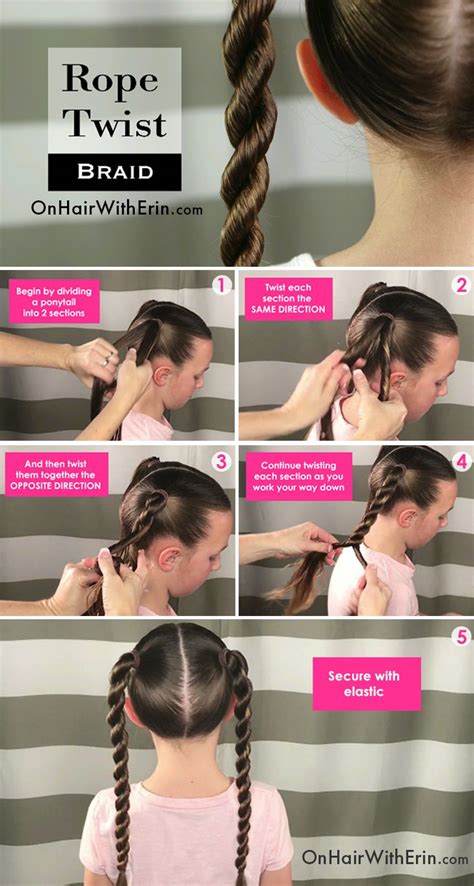Introduction:
Weaving magic with hair, braiding has captivated cultures worldwide for centuries. With an endless array of patterns and styles, braiding offers endless possibilities for self-expression and creativity. Whether you’re a seasoned pro or a novice braider, this comprehensive guide will empower you to master 50 breathtaking braiding techniques for human hair.

1. The Classics Reinvented:
– French Braid: Elevate the classic French braid with intricate variations like the Dutch and pull-through braids.
– Box Braids: Unleash your creativity with endless ways to customize box braids, from jumbo to micro and everything in between.
– Cornrows: Create sleek and protective cornrows that showcase your natural beauty and versatile styling options.
2. Modern Marvels:
– Upside-Down French Braid: Flip the classic on its head for a voluminous and eye-catching braid.
– Waterfall Braid: Create an ethereal cascade of loose, interconnected braids that flows gracefully down your hair.
– Headband Braid: Elevate your look with a stylish headband braid that adds a touch of charm and keeps your hair in place.
3. Braiding for Volume:
– Double French Braid: Amplify your volume with two intertwined French braids that create a stunning and balanced effect.
– Infinity Braid: Form an endless loop of braided strands that adds fullness and drama to your hair.
– Rope Braid: Twist and coil two strands of hair together to create a chunky and textured braid that exudes volume.
4. Braiding for Length:
– Long French Braid: Extend your hair’s length and create an elegant cascade with a long French braid that reaches down your back.
– Fishtail Braid: Interlace thin strands of hair to form a delicate and elongating fishtail braid that adds instant length.
– Half-Up Halo Braid: Sweep the top half of your hair into a halo braid that adds height and volume, while keeping the rest of your hair flowing freely.
5. Creative Braids:
– Single Braid with Ribbon: Integrate a ribbon into your braid for a playful and colorful touch that enhances its visual appeal.
– Wrapped Braid: Coil a strand of hair around an existing braid to create a captivating and intricate design.
– Lace Braid: Create an illusion of lace by interweaving thin strands of hair through a larger braid, adding a delicate and ethereal element.
Step-by-Step Braiding Guide:
1. Preparation:
– Detangle your hair thoroughly to prevent any snags or tangles.
– Apply a leave-in conditioner or detangling spray to make your hair smooth and manageable.
– Section your hair into the desired sections for your chosen braiding style.
2. Braiding Techniques:
– French Braid: Hold three strands of hair, cross the right over the middle, then the left over the new middle. Repeat, adding hair from the sides.
– Box Braid: Separate four strands of hair, cross the left two over the right two, then the right two over the left two. Repeat, adding hair from the sides.
– Cornrow: Feed strands of hair into a three-strand braid as you go, keeping the braid close to your scalp for a protective effect.
3. Finishing Touches:
– Secure the end of your braid with a hair tie or elastic band.
– Pull or loosen strands of the braid slightly to create volume and fullness.
– Add accessories like beads, clips, or ribbons to personalize your braid.
Braided Human Hair: Applications and Benefits:
1. Hair Extensions:
– Braided human hair extensions are a versatile and natural-looking way to add length, volume, and color to your hair.
– By braiding the extensions into your natural hair, you can blend them seamlessly and create a wide range of styles, from long, flowing braids to voluminous updos.
2. Protective Styling:
– Braiding can be a protective hairstyle that shields your natural hair from breakage, damage, and the elements.
– By keeping your hair in a braided style for extended periods, you can minimize manipulation and reduce the risk of hair loss or frizz.
3. Cultural Significance:
– Braiding has deep cultural significance in various societies around the world.
– In African cultures, braiding is often used to signify social status, marital status, or lineage, while in Native American cultures, it holds spiritual and cultural significance.
4. Fashion and Style:
– Braids have become a staple in fashion and style, with countless variations and techniques being showcased on runways and red carpets.
– From sleek and chic to intricate and experimental, braids offer endless possibilities for expressing your personal style.
Tables:
1. Braiding Styles for Different Hair Types:
| Hair Type | Braiding Styles |
|—|—|
| Straight | French, Fishtail, Lace |
| Wavy | Box, Dutch, Waterfall |
| Curly | Cornrows, Rope, Headband |
2. Braiding Techniques for Beginners:
| Braiding Style | Difficulty | Time |
|—|—|—|
| Single Braid | Easy | 5-10 minutes |
| French Braid | Moderate | 10-15 minutes |
| Box Braids | Hard | 30-60 minutes |
3. Braiding Applications and Benefits:
| Application | Benefit |
|—|—|
| Hair Extensions | Length, volume, color |
| Protective Styling | Protection from hair loss and damage |
| Cultural Significance | Symbolism and tradition |
| Fashion and Style | Express personal style |
4. Tips for Successful Braiding:
| Tip | Description |
|—|—|
| Practice regularly | Improve technique and speed |
| Use the right tools | Detangling brush, hair clips, hairspray |
| Prepare your hair | Detangle, apply leave-in conditioner |
| Section your hair | Divide into appropriate sections |
| Keep your braids neat | Secure with hair ties and avoid flyaways |
Conclusion:
Mastering the art of braiding human hair opens up a world of endless possibilities for hair styling, hair care, and self-expression. With the 50 techniques and step-by-step guide presented in this article, you’re equipped to create breathtaking braids that will turn heads and elevate your beauty routine. Let your hair speak volumes and unleash your creativity with the transformative power of braided human hair!
